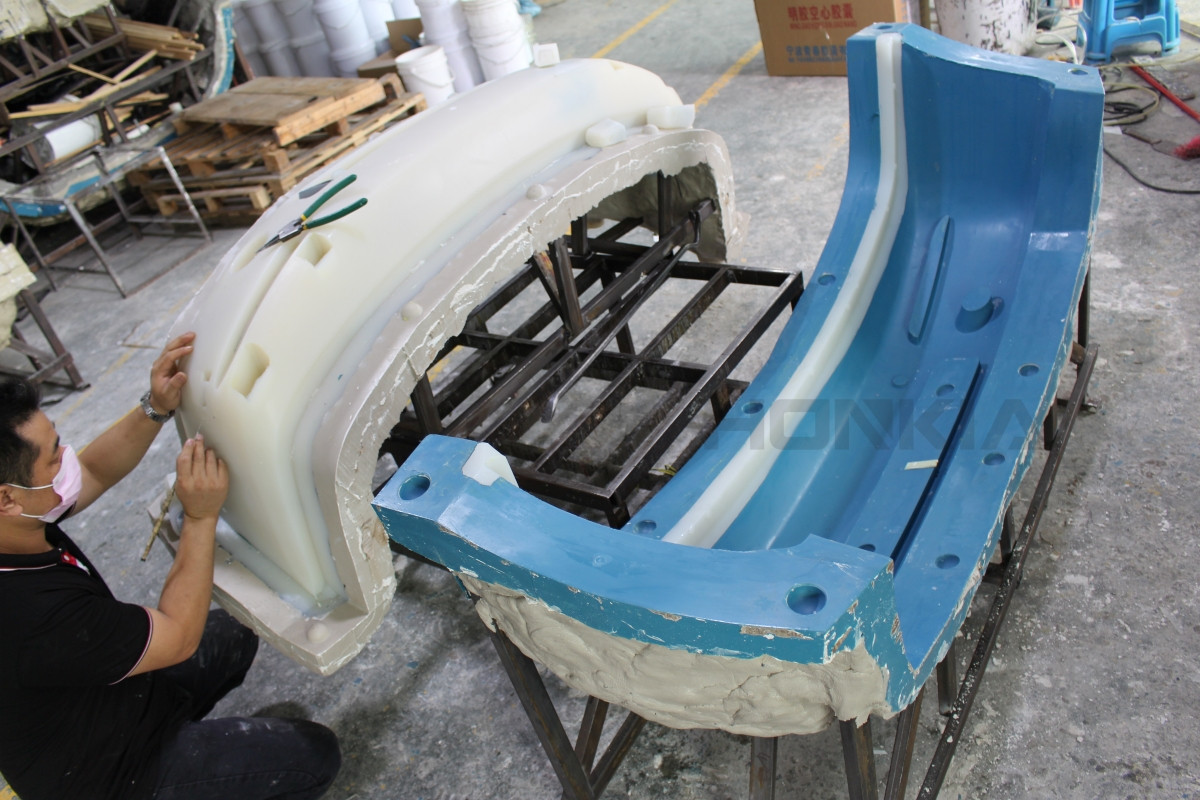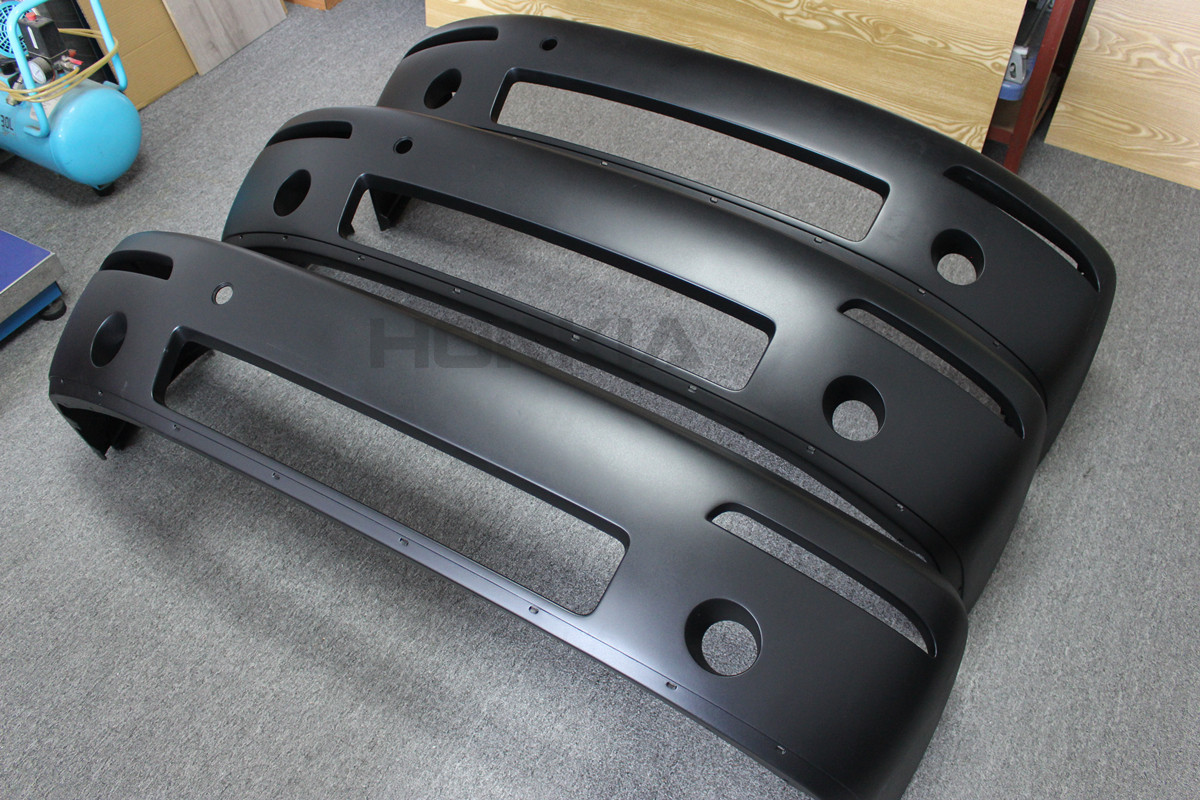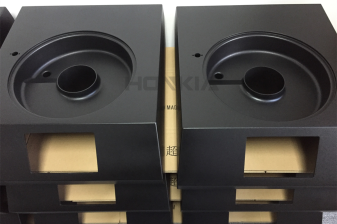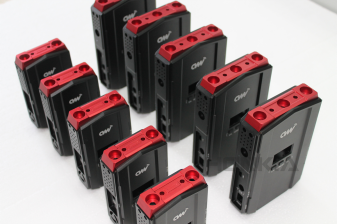Latest News
- Applications of Reinforced Reaction Injection MoldingSource: Honkia Published: 2016-07-28 Views: 3418
-
Reinforced Reaction injection molding has been widely used in many industries for many types of parts. Most applications are for large, complex parts produced in quantities less than 5,000 units such as panels for electrical equipment, enclosures for medical devices, and housings for computer and telecommunications equipment.

Reinforced Reaction Injection Molding composites have a number of processing advantages like very fast cycle time, low labor, low mold clamping pressure and low scrap rate. Reinforced Reaction Injection Molding uses reinforcements to improve the properties of the resin. With the use of reinforcements, polymerization shrinkage is reduced, thermal expansion is reduced, droop and sag of the composite at elevated temperatures is minimized and other key properties such as stiffness, tensile strength and tensile elongation are generally improved. Milled fibers or flakes can be added directly to the resin before reacting in the mixing head.

At present, transportation is the major market for Reinforced Reaction Injection Molding products. Automotive and truck applications for RRIM parts include class A body panels, fascia, bumper beams, spare tire covers, floor pans and other similar products. The advent of controllable reactivity resins such as polyuria/amide has introduced a trend toward larger machines, larger clamps and larger parts. Very large RRIM molded parts weighing over 100 pounds have already been produced. Breakthrough applications such as this clearly indicate that the future trend in RRIM products will be toward increased market acceptable featuring larger and more sophisticated parts.


 Reaction Injection Molded Enclosure Parts
Reaction Injection Molded Enclosure Parts Rapid Low Volume Aluminum Prototypes
Rapid Low Volume Aluminum Prototypes